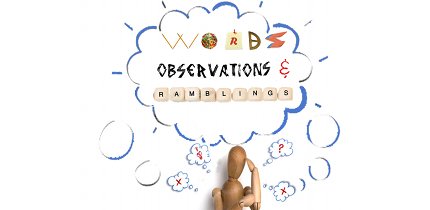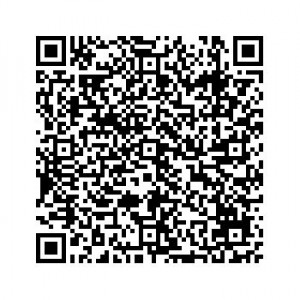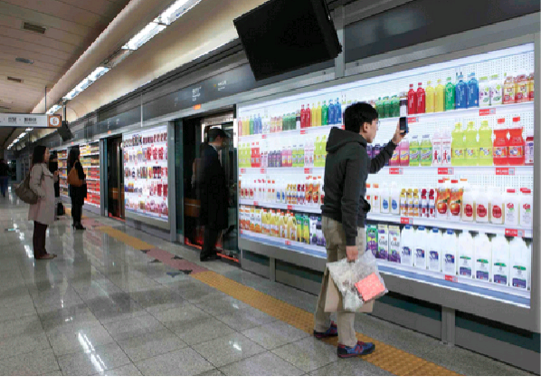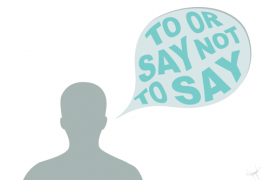By Reem Abdalla (@Reem096)

After my recent visit to Southeast Asia, I was mind-blown by the amount of creativity found in their outdoor advertising. The billboards were very original and their shop fronts were interactive. Everything I saw made me want to see and know more about the products. Then I was back to the UAE where all our advertising here has been abused and overused. Sometimes, we see creative advertising but it is a rare commodity. Why are we following a copy and paste approach when it comes to our advertising? Why are we imitating while we should be innovating?
So who is at fault here? Is it the creative directors in the advertising agencies? Is it the marketing team at companies or is it their management? UAE, and especially Dubai, has been attracting the best creative directors from all around the world. Yet, some are not given a chance to shine. In some cases, marketers and advertisers are being shot down by the company’s management when it comes to new and fresh ideas. Since many of them still prefer the traditional advertising mediums. In other cases, the advertising agency studies other advertisers in the market and offers clients a similar campaign to their competition which lack creativity and relevance. Of course, there is an exception for every rule.
After being turned down, I believe the creativity stops flowing and we are faced with abused ads and slogans such as “anytime and anywhere”. How many times have we seen that slogan or heard someone say “Think Big” or “Think Outside the Box”? We do everything except thinking big or outside that box. Unfortunately, we are still trapped inside that box. If I had a penny for every time I heard those overused slogans, I would have bought myself an island in the Bahamas by now.
Innovative ads can help customers break away from their existing thought patterns according to a new study in the Journal of Consumer Research. These creative stimuli can affect the way consumers process information about different products. Creative ads also help the brand to break from the marketplace clutter and stand out in the customers’ mind.
I have recently seen a campaign by Tesco Home Plus in Korea that was extremely creative and fresh. The Korean supermarket Home Plus, has transformed the stations by building a virtual shop for the subway commuters. The supermarket put up huge billboards at arm’s reach in a number of underground train stations in Korea. They have plastered the glass walls of the subway stations with pictures of their products just like they would be at the actual supermarket. Each shelf has pictures of their products with a “QR code”.

A QR code is a code that is squares filled with a black and white pattern unique to the product in question. They are a more versatile successor to the bar code and could be scanned by the traveler’s mobile phone, building up a shopping basket in the few minutes before the train arrives.
Commuters who are waiting for their train can grab their phone and take a picture by scanning the QR code then the item chosen automatically goes into their shopping basket. If the train comes before the basket is complete, they can carry on shopping without the pictures and codes if they wish. After the customer finishes shopping, he/she sends the requested items to Home Plus. Deliveries are arranged to arrive in minutes or hours rather than days to the customer. So the groceries will be in the shopper’s kitchen that night and there is no need to wait in line to collect them.

This campaign resulted in increasing the customer base of Tesco Home Plus. The number of registered new members rose to 76% and online sales increased to 130%. Now, Home Plus is number one in the online market.
Taking the Home Plus campaign as an example, a similar campaign in the UAE would work wonderfully. The UAE has 11 million mobile users and 3,779,000 internet users as of June 2010, representing an internet penetration of 75.9 per cent according to WSI Digital Marketing Summit 2011. The use of interactive campaigns would certainly engage the UAE customer market and will redeem useful since it has a large market for internet and mobile users. Hopefully, UAE’s creative and media agencies will develop innovative campaigns that use this medium and move away from the boring worn-out traditional advertising methods that are seen now.
Sail eMagazine’s 19th Issue – October 2011
Here We Start – Art of Living 101 – Community Talk – Just Another Undergrad
Scenes from Life – Syndication – The First Years Last Forever
The Mind’s Eye – Too Blunt for Words – Words, Observations, and Ramblings




UAE I think, has the best service based industry. Being an expat, it is something I have come to love and respect. If organized well, this could definitely work.
Thank you for comment GViswam.
Creative people are there, but all of them/most are foreigners and most of advertising companies based in UAE are mainly advertise advisors, they should have marketing research or out source data and most important "Local touch" to make it more creative for its environment and innovative. Turning to adapting the "Tesco" idea, it won't work since 90 to 95% not familiar to online shopping plus they don't buy their goods by plastic money "credit cards" according to Master card/visa report UAE 2011. Comparing to dubai advertising to other emirates, they are more creative and quick eye-catching than any others in MENA "my opinion" ?
Thank you BinShamis for your response. The UAE have International leading research agencies, however the point is it's not translated properly into advertising. As for online shopping, the market is picking up but some education is needed for customers about online shopping. I believe in a few years more online shopping will be seen in the UAE. Agreed, since UAE is a multicultural hub, you'll see more creativity here than the rest of the MENA region.